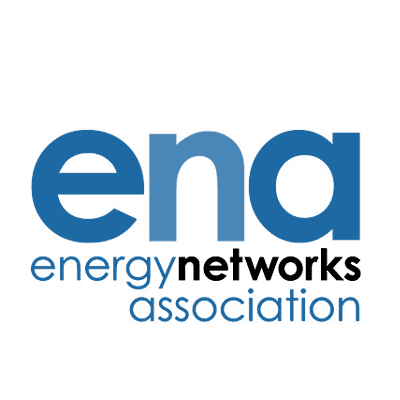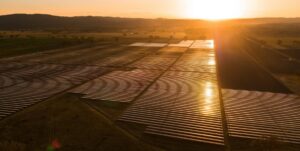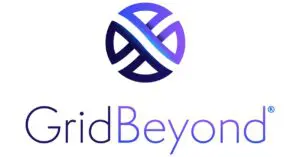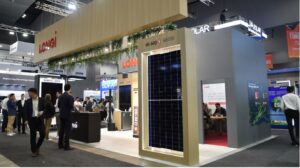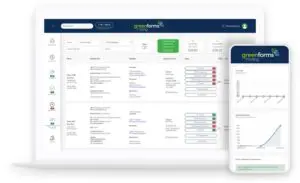PRESS RELEASE
A more consumer friendly approach to connect renewables to the grid is the ambition of the new suite of guidelines being developed by Energy Networks Australia.
Standardising and streamlining the connection of next generation technology has been identifie d as a key priority by networks, customers and industry stakeholders.
The Distributed Energy Resources National Connection Guidelines will provide a consistent set of protocols to connect and integrate a range of Distributed Energy Resources (DER) with Australia’s electricity networks
Energy Networks Australia’s CEO Andrew Dillon said that better facilitating customer owned resources into the grid is essential.
“The Electricity Network Transformation Roadmap finds that almost two – thirds of customers will have dis tributed energy resources by 2050 and network service providers could buy grid support in a network optimisation market worth $2.5 billion per year.
“However, the Finkel Review identified a number of challenges associated with integration of DER, which wil l require modernised connection standards and uniform control mechanisms to strengthen system security,” Mr Dillon said.
”Our guidelines aim to enable the modern energy grid for the community.”
The Finkel Review recommended development of Energy Security Obligations by mid – 2018 that includes a holistic review and update of connection standards.
Energy Networks Australia will work with the Clean Energy Council and other key stakeho lders to develop the Guidelines, enabling customers to connect to electricity network s and markets in a consistent way that improve s grid efficiency and security.
”This project reflects our commitment to embed an efficient, reliable and affordable energy network for all Australians,” Mr Dill on said.
Distributed energy resources, such as large – scale wind and solar, battery storage and household solar, can help provide the electricity required to meet demand. As Australia’s electricity grid continues to modernise, these renewable technologies will facilitate the transition to a smarter grid.
Consultation with all electricity netwo rk businesses, consumer representatives and key industry stakeholders will take place in the initial project phase. A framework w ill be released by March, and further guidelines released from May through to December.
A briefing webinar will be hosted by Energy Networks Australia on Thursday 14 December at 2.00pm; to register , go to www.energynetworks.com.au/events

